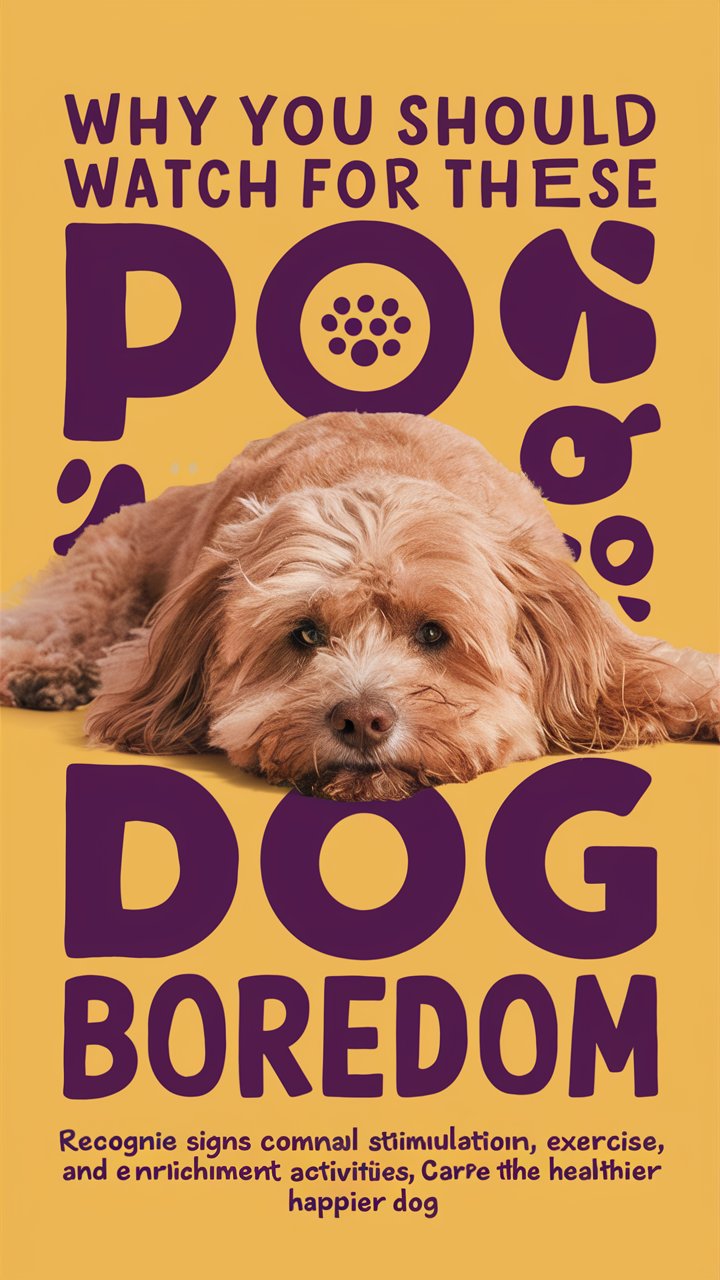You take your dog to the park, expecting tail wags and new friends—but instead, he transforms into a barking, growling tornado. Sounds familiar? Don’t worry—you’re not the only one dealing with this. Many loving, well-trained dogs still dislike other dogs, and the good news is, with the right approach, you can make big improvements.
In this guide, we’ll dig deep into why your dog doesn’t like other dogs, what you can realistically do about it, and when it’s okay to just accept your pup’s unique personality.
Why Doesn’t My Dog Like Other Dogs?
Understanding the “why” is the first step to fixing the problem. Here are the most common reasons:
- Fear & Anxiety
- Dogs that had negative experiences in the past (like being attacked or bullied) may see all dogs as threats.
- Overcrowded, noisy places (like busy parks) can trigger panic.
- Poor Socialization
- Puppies need structured exposure to other dogs between 3–14 weeks old. If they missed this window, they may struggle later.
- Protectiveness
- Some dogs feel it’s their “job” to guard their owner. This can look like aggression but is actually misplaced loyalty.
- Genetics & Breed Tendencies
- Guarding, herding, and hunting breeds may naturally be more suspicious of unfamiliar dogs.
- Medical or Pain Issues
- Sometimes aggression is linked to pain (arthritis, injury, or undiagnosed illness). A vet check can rule this out.
How to Help a Dog That Doesn’t Like Other Dogs
Training a dog to be calm around others takes time, patience, and consistency. Here’s a step-by-step plan:
1. Start with Distance & Control
- Don’t jump straight into dog parks. Begin by walking your dog at a safe distance where he can see other dogs but not react.
- Gradually close the gap as your pup gets more comfortable.
2. Use Positive Reinforcement
- Reward calm behavior with treats or praise.
- Example: If your dog sees another pup but doesn’t bark, mark it with a cheerful “Yes!” and offer a treat.
3. Hire a Professional Trainer
- A certified behaviorist can design a personalized plan.
- Look for positive reinforcement–based trainers (avoid outdated punishment-based methods).
4. Provide Mental Stimulation
A tired brain = a calmer dog. Try:
- Puzzle feeders 🧩
- Nose work games 👃
- Obedience drills for focus 🎯
5. Controlled Socialization
- Arrange calm, 1-on-1 meetups with a neutral, friendly dog (not hyper, not aggressive).
- Keep meetings short and positive—end on a good note.
6. Redirect & Distract
If your dog starts fixating, redirect with:
- A favorite toy 🎾
- A “look at me” command
- Quick obedience task (sit, touch, heel)
7. Accept Individual Personality
Some dogs will never be “dog-park social.” That’s okay! Your pup doesn’t need dozens of dog friends to live a happy, fulfilling life. Focus on enrichment, exercise, and bonding with you.
Common Mistakes to Avoid
🚫 Forcing your dog into crowded dog parks
🚫 Punishing barking (increases anxiety)
🚫 Ignoring medical check-ups
🚫 Expecting overnight success
FAQs About Dogs That Don’t Like Other Dogs
Q: Will my dog ever learn to like other dogs?
Maybe! With training, most dogs improve, but not all will enjoy social play. Aim for calm tolerance instead of forced friendships.
Q: Should I let my dog “work it out” with other dogs?
No. Uncontrolled exposure can worsen fear and aggression. Always guide and supervise.
Q: What if nothing works?
That’s okay. Focus on alternative outlets: long walks, agility training, nose games, and one-on-one time with you.
Final Thoughts
Your dog doesn’t have to be the life of the dog park to be a wonderful companion. 🐾 With patience, positive training, and realistic expectations, you can reduce reactivity and build confidence.
Remember: a happy, well-exercised, loved dog doesn’t need dozens of friends—they just need you.
So roll up your sleeves, stock up on treats, and start today—because every small step you take helps your furry friend live a calmer, happierlife.
